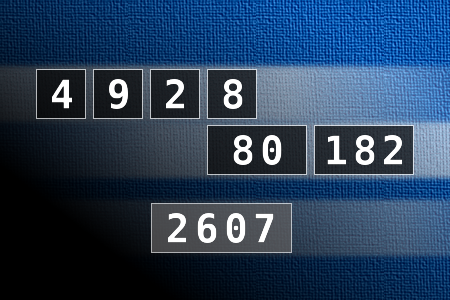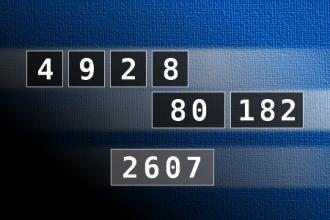Calculate the number 2607
NUMBERMANIA: Calculate the number 2607 using numbers [4, 9, 2, 8, 80, 182] and basic arithmetic operations (+, -, *, /). Each of the numbers can be used only once.Correct answers: 16
The first user who solved this task is Djordje Timotijevic.
#brainteasers #math #numbermania

A young guy goes to the Job Ce...
A young guy goes to the Job Center in Charleston, West Virginia, and sees a flyer advertising for a Gynecologist's Assistant. Interested, he wants to learn more. "Can you give me some more details?" he asks the clerk.
The clerk pulls up a file and says, "The job entails getting ladies ready for the gynecologist. You have to help them out of their underwear, lay them down and carefully wash their private regions, then apply shaving foam and gently shave off any hair, then rub in soothing oils so they're ready for the gynecologist's examination. There's an annual salary of $55 thousand, but you're going to have to go to Charlotte, North Carolina. That's about 250 miles from here."
"Oh, is that where the job is?" the young man asks.
"No, sir. That's where the end of the line is right now."
The clerk pulls up a file and says, "The job entails getting ladies ready for the gynecologist. You have to help them out of their underwear, lay them down and carefully wash their private regions, then apply shaving foam and gently shave off any hair, then rub in soothing oils so they're ready for the gynecologist's examination. There's an annual salary of $55 thousand, but you're going to have to go to Charlotte, North Carolina. That's about 250 miles from here."
"Oh, is that where the job is?" the young man asks.
"No, sir. That's where the end of the line is right now."

